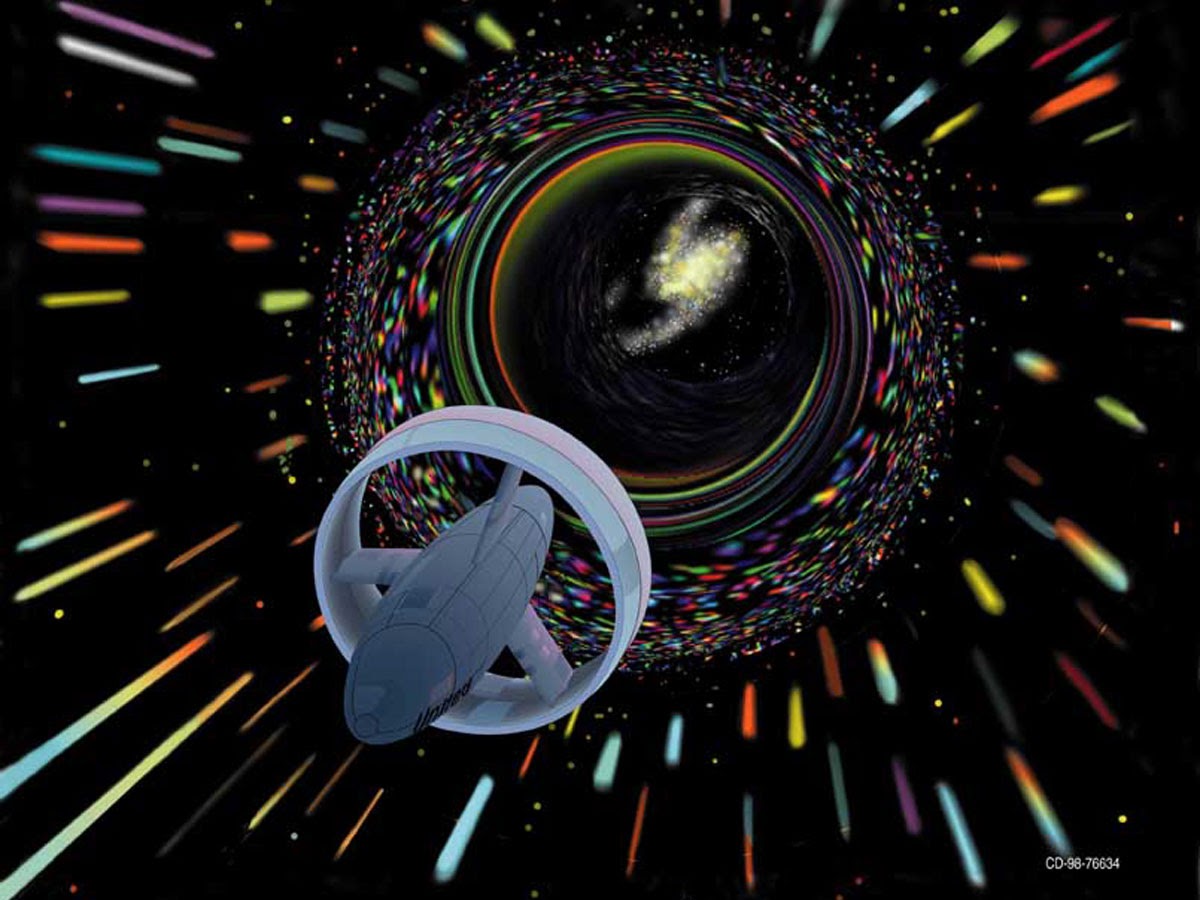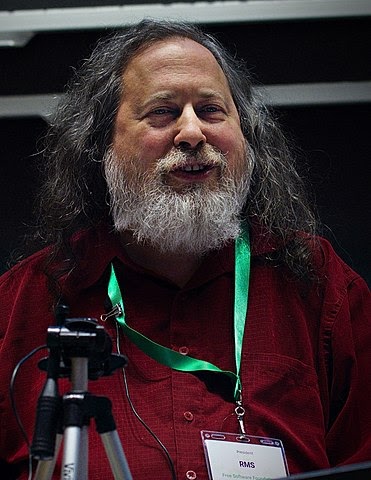| Previous
Page |
PCLinuxOS
Magazine |
PCLinuxOS |
Article List |
Disclaimer |
Next Page |
Short Topix: New Linux Malware Making The Rounds |
|
by Paul Arnote (parnote)
 Image: IBM COBOL Compiler Family Despite getting its start in 1959, the COBOL computer language remains useful and productive nearly 62 years later. Partly based on Cmdr Grace Hopper's FLOW-MATIC language, COBOL (which stands for "common business-oriented language) has found a home on many mainframe computers. But, because of its age, COBOL doesn't attract the developers the way it used to, back in the 60s, 70s, and 80s. According to an article on TechRepublic, COBOL proved its value during the COVID-19 pandemic. Originally designed to handle large volumes of transactions and generate reports in the business world, its 220 billion lines of code would likely cost at least between $4 and $8 TRILLION to replace. And replace it with what? Most of the COBOL systems exist in the back offices of banks, insurance companies, brokerages, and government offices, continually churning out massive amounts of transactions quickly and efficiently. Many retail giants, such as Walmart, Home Depot, Target and many others, rely on COBOL running on mainframes to process point of sale credit card transactions. Replacing these massive software systems would be risky, as well. After 60 years, COBOL has these tasks handled. Easily. The COBOL language is very structured and the machines it runs on are typically fairly easy to maintain. COBOL's usefulness shined through in its use by various government agencies, who still rely on it to process large numbers of unemployment benefits. During the pandemic, the numbers of those seeking unemployment benefits exploded. So, the need for those mainframes that process those unemployment benefits soared right along with the exploding demand for unemployment benefits.Many of the programmers trained in COBOL are starting to reach retirement age, so the demand for COBOL programmers is rising. The median income for COBOL programmers is just over $92K per year, and those with 10 years or more of COBOL programming experience can expect wages around $100K per year. Those are not-too-shabby wages for knowing how to work with a 60+ year-old programming language. Remove Your Data From People Search Sites  If you've been on the internet for any length of time, you've undoubtedly come across one of the many "people search" services. These services let you look up people's addresses, email addresses, telephone numbers, and for a fee (most of this information used to be free, back in the good ol' days), all sorts of information that is floating around out there on the interwebs. These sites are great if YOU are the one trying to find an old friend you've lost contact with, or an old classmate from your school days. But it can also be quite distressing to find out what kind of information these services have about you. These services can provide a really detailed image of a person, without express consent or knowledge. According to an article on Lifehacker, there is a way you can have YOUR information on these people search services deleted. The Lifehacker article covers some of the more popular people search services – Family Tree Now, Whitepages.com, Spokeo, Peek You, and Instant Checkmate – and how to have your data removed from those services. Your data is priceless. Most of the data, by itself, is innocent enough. But, assembled together with other innocent pieces of data, a pretty detailed picture of you can be painted, and it may include data that you don't necessarily want to share with the rest of the world. Whose business is it, anyways, if you've had any prior traffic tickets? Whose business is it that you once ran afoul of the law when you were a very young adult, even for a minor offense? Yes, you can clean up your digital footprint on the internet. Start with being very selective with what information you share on social media outlets. But, be careful. If you clean it up too much, they may never be able to find you to give you that small fortune you inherited from that long lost rich relative, too. Provided you have one of those. Want To Travel Among The Stars? Warp Drive May Be Possible, Say Scientists  According to an article in Popular Mechanics, scientists think they have figured out a physical model for a warp drive which will allow humans to travel at faster-than-light speeds. Such speeds will be necessary if humans want to explore other star systems. Even the closest neighboring star to our own is just over four years away – and that's travelling at the speed of light. The current theory for warp speed dates back to 1994, when theoretical physicist Miguel Alcubierre first proposed his theory. The method has taken on a life of its own, as the Alcubierre Drive. Instead of flying in the face of Einstein's theory of general relativity, which imposes the universal speed limit as the speed of light, Alcubierre's theory conforms to Einstein's theory. Alcubierre theorized (PDF) that if you could expand spacetime behind a craft, and contract spacetime ahead of the craft, "motion faster than the speed of light as seen by observers outside the disturbed region is possible."Scientists in the Advanced Propulsion Laboratory (APL) at Applied Physics just published a new study (PDF) that says warp drive may be possible without the use of negative energy. Basically, this new concept uses floating bubbles of spacetime, rather than floating ships in spacetime. In a move that's rather akin to having Albert Einstein show up in your physics class, Alcubierre himself has endorsed this new model. While it will probably take decades or even centuries before we ever see any physical manifestation of a warp drive, this new theory advances the possibilities of faster-than-light travel enormously. It moves faster-than-the-speed-of-light travel from the realms of science fiction to a scientific possibility. Maybe my great-great-great-great-great grandchildren will get the opportunity to travel between worlds and among the stars. New Linux Malware Making The Rounds  We can list this under reason 4,392 of why you are implored to not install unapproved software from outside the official repository on PCLinuxOS. You just may become a victim of malware. Windows systems have notoriously been victims of malware threat actors for years and years. But, increasingly, Linux is coming under attack. Because of the way Linux is constructed, with far more security than Windows, Linux malware attacks tend to be quite a bit more sophisticated and harder to detect. Intezer, who specializes in "runtime protection for your cloud workloads" on Linux, identified a new piece of malware that appears to come from state sponsored threat actors in the People's Republic of China. The new malware, named RedXOR, disguises itself as a polkit (policy kit) daemon (used for allowing unprivileged processes to communicate with privileged processes). It encrypts its internet traffic using XOR, and disguises it as http traffic. RedXOR uses an open source LKM rootkit to hide its processes. According to an article on The Hacker News, RedXOR "comes with an encrypted configuration that houses the command-and-control (C2) IP address and port, and the password it needs to authenticate to the C2 server, before establishing connection over a TCP socket." The article goes on to point out that "RedXOR supports a multitude of capabilities, including gathering system information (MAC address, username, distribution, clock speed, kernel version, etc.), performing file operations, executing commands with system privileges, running arbitrary shell commands, and even options to remotely update the malware." It was only a matter of time before Linux garnered increased malware attention. As Linux's market share grows, the threat potential will also grow. Check out the blog post from Intezer for an in depth analysis of this latest threat. Meanwhile, one way to thwart RedXOR should be to install and run rkhunter from the PCLinuxOS repository to ensure that you don't have any unauthorized rootkits installed or running on your system. RMS: He's Baaack!  After being "canceled" by the ongoing vicious "Cancel Culture" crowd in 2019, forcing him to resign as the President of the Free Software Foundation, the organization that he himself created, Richard M. Stallman is back. This time, he is on the FSF Board of Directors. For the three people in the entire known universe who don't know who Stallman is (he frequently is known/referred to only by his initials, RMS), he IS the grandfather of the free software movement. He fights for software to be distributed in a manner such that its users receive the freedoms to use, study, distribute, and modify that software. Software that ensures these freedoms is termed free software. He also campaigns against software patents. He is a pioneer in the concept of "copyleft," utilizing the principles of copyright law to preserve the right to use, modify, and distribute free software. Copyleft has expanded since to cover other items typically covered by copyright principles. Stallman is the principal author of the original free software license, called the GPL, or GNU Public License. He is also the creator of the GNU Project, which aims to create a Unix-like computer operating system composed entirely of free software. It's safe to say that without Stallman and his efforts, the free software ecosystem wouldn't be anything close to what it is today. Without Stallman and the GNU Project, it's likely that Linux wouldn't even exist in its current state. He has steadfastly fought for software free from patents and made of open source code, that can be freely distributed and modified, free of charge. On March 22, 2021, it was announced that Stallman had been reinstalled to the FSF Board of Directors. Stallman has stated that some may be happy or upset with the move, but that he has no plans to resign a second time. WITHIN two days, a letter was circulating among open source developers calling for not only the resignation of Stallman, but the entire FSF board of directors. As of the time that I wrote this article, the cancel culture gang and/or the virtue signalers have signed the protest letter over 2,800 times. To display support for Stallman, and the entire FSF board of directors, another letter of support appeared only a day later. As of the time that I wrote this article, over 4,100 people have signed the support letter. While it's looking like the cancel culture crowd hasn't forgotten and isn't giving up (it's part of who they are … they never forgive or forget), the signatories of the support letter currently outnumber the cancellation crowd. But, to maintain that balance, don't hesitate to sign the support letter. For all that Stallman has done for the free software movement, we owe him at least that. PCLinuxOS Magazine Short Topix Roundup  A U.S. FEDERAL JUDGE has ruled that a class action lawsuit against Google may move forward for collecting tracking information on users when using incognito mode in their web browser, according to an article on Ars Technica. According to the lawsuit, users activating incognito mode on their browser "should also stop Google's server-side tracking and that Google's failure to cease such tracking violates federal wiretap laws." Judge Lucy Koh wrote, "The court concludes that Google did not notify users that Google engages in the alleged data collection while the user is in private browsing mode." Google had attempted to have the case dismissed, claiming that the "explainer" screen when entering incognito mode informs users that "your activity might still be visible to websites you visit." Judge Koh rejected that claim as insufficient. The lawsuit seeks a $5 billion (U.S.) award pool, with a $5,000 award per violation, for "likely" millions of users. THE WEBSITE POLITICO reveals the contents of 312 pages of confidential internal memos related to the Federal Trade Commission (FTC) probe of Google for antitrust violations back in 2012. The memos shine a spotlight on the disconnect between the economists and the lawyers on the FTC investigatory team, on how they got so much wrong, and how the FTC bungled a prime chance to reign in the tech giant. Reading the article will definitely leave you shaking your head in disbelief at not only the missed opportunity, but also the general incompetence of the FTC investigation. LOU OTTENS, THE PHILIPS AUDIO ENGINEER who invented the compact cassette tape and helped establish CD audio as its successor, died March 6, 2021, at the age of 94 years. While his passing was widely covered in the media, the best post-mortem writeup I found was from The Guardian. First introduced in 1963 at an electronics trade show in Berlin, compact cassette tapes went on to sell over 100 billion units, and found their way into the computing world as an inexpensive storage media for computer software (remember the old Timex/Sinclair TS-1000, Sinclair ZX-81, or the old Commodore VIC-20?). His next feat was helping define the CD, of which 200 billion units have been sold. R.I.P. Mr. Ottens, and thank you for your technical/technological leadership! RESEARCHERS USED A CT SCANNER to unlock the secrets of "letterlocked" letters from the 17th Century, using a virtual unfolding technique that allows users to virtually unfold a letterlocked letter, and thus read the contents of that letter, all without physically unfolding the delicate and fragile manuscripts. An article on Ars Technica details the fascinating process. THE WORK-FROM-HOME TELECOMPUTING surge brought on by the COVID-19 pandemic has also brought along some bad habits that telecomputing workers admit to doing, according to an article from TechRepublic. The list of "bad habits" exhibited include binge watching shows on Netflix, browsing social media sites, or visiting hair/nail salons (when they should be home working … and where they might actually be open). MICROSOFT EDGE JUST GOT A KILLER FEATURE that Google Chrome doesn't seem to be able to match: vertical tabs. According to an article at Tom's Guide, the tabs expand whenever the cursor is held over them, and shrinks back down to just a representative icon whenever the cursor isn't over them. I hate to admit it, but the feature does look pretty awesome. But then again, I hate to give Microsoft credit/kudos for just about anything … just because they are Microsoft. Their past transgressions are really, really, really hard to forget or forgive. |
